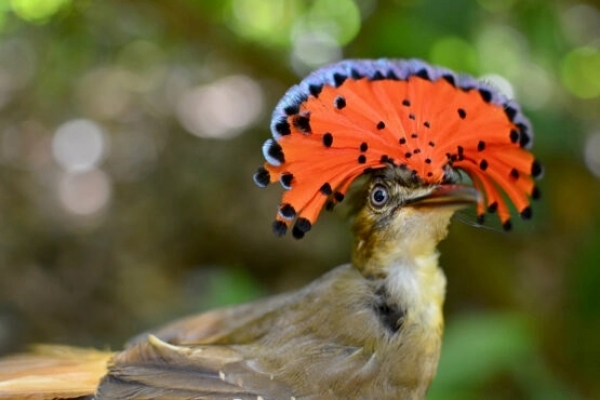It seems intuitive that forests would provide better habitat for forest-dwelling wildlife than farms. Yet, in one of the longest-running studies of tropical wildlife populations in the world, Stanford researchers found that over 18 years, smaller farms with varying crop types – interspersed with patches or ribbons of forest – sustain many forest-dependent bird populations in Costa Rica, even as populations decline in forests.
In a paper published Sept. 4 in the Proceedings of the National Academy of Sciences, Nicholas Hendershot and colleagues compared trends in specific bird populations across three landscape types in Costa Rica: forests, diversified farms, and intensive agriculture. The steepest declines were found in forests, then in intensive agriculture (and the species succeeding in intensive agriculture were often invasive). But on diversified farms, a significant subset of bird species typically found in forests, including some of conservation concern, actually increased over time.
“Birds are kind of a proxy we use to track the health of ecosystems. And the birds we’re seeing today aren’t the same as we saw 18 to 20 years ago. This paper really documents this pattern,” said Hendershot, a postdoctoral fellow at the time of this research in Stanford’s Department of Biology in the School of Humanities and Sciences (H&S), the Stanford Center for Conservation Biology (CCB), and the Stanford-based Natural Capital Project (NatCap).
Read more at: Stanford University
A striking male Royal Flycatcher flaunts its vibrant red and blue crest. This captivating species exemplifies the diverse and unique birdlife of Costa Rica, underscoring the importance of preserving habitats to support such biodiversity. (Photo Credit: Nick Hendershot)


